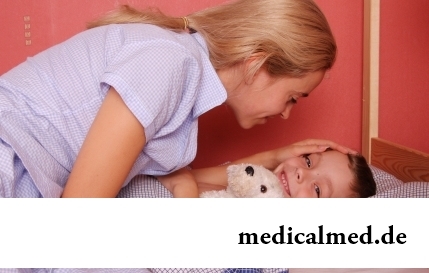





Stroke
Short characteristic of a disease
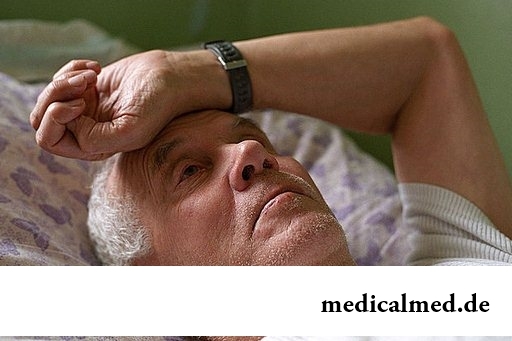
In the literal translation from Latin the word "stroke" means "jump" or "jump". In principle, our ancestors very precisely defined essence of this artful disease because the stroke of a brain is characterized by sudden disappearance or essential disturbance of brain functions, as a rule, leading to the death of the person within 24-48 hours. Let's notice that directly the stroke is a one-time event, but it is preceded by rather long process of functional changes and irreversible damages of a brain.
Types of a stroke
Depending on that as the stroke proves, symptoms of a disease are subdivided into several types and create the main classification of a disease:
- the ischemic stroke – makes 80% from among all registered cases, is connected with acute disorders to blood supplies of certain sites of a brain;
- hemorrhagic stroke – symptoms of a disease are shown at treatment by blood of various sites of a brain or at an intracerebral hematoma;
- subarachnoidal hemorrhages – arise at a rupture of blood vessels of a meninx;
- approximately in 5% of cases the reason of a stroke remains obscure.
Timely diagnosis of pathological changes in a brain of the person is essential for early identification of serious problems and prevention of strokes of all types. For this reason in all clinics of the world the modern equipment which allows to reveal coming "explosion" in time is implemented and to take measures to, but not after a stroke. One of the most effective and well proved technologies of diagnosis is the computer tomography.
Stroke – symptoms and a clinical picture
In most cases the disease begins suddenly, very quickly develops and quite often leads to the death of the person or irreversible damages of a brain. The attack can last as several minutes, and 1-2 days, but also in that, and in other case human life is exposed to danger because of bystry death of brain fabric. For the person who endured a stroke, rehabilitation is an integral part of treatment as it allows to stop expansion of area of defeat and leads to considerable improvement of quality of life. Nevertheless, we are forced to notice once again, as an ischemic, and hemorrhagic stroke cause irreversible damages of a meninx, that is, any person has to know about by what signs it is possible to determine approach of an attack and how to work at a sudden, spasmodic course of a disease.
Symptoms of a stroke depend on what part of a brain is exposed to changes. As a rule, the person feels easy oppression of consciousness and a depression in advance. Also patients are not capable to manage the emotions, are easily excited and long recover composure. Directly during an attack the following symptoms are brightly shown:
- hemorrhagic stroke – sharp, "knife-like" head pain, a loss of consciousness, spasms, drowsiness, block, frequent nausea and vomiting;
- ischemic stroke – signs are indistinct, accrue gradually. This form of a disease is characterized by head pains, hoarse breath, skin discoloration, repeated vomiting and a loss of consciousness at late stages. After a stroke paralyzes and paresis, nape muscle tension, a meningeal syndrome, weak-mindedness are often observed.
In principle, directly at the time of an attack to define a stroke does not make any problems as paralysis of extremities, difficulties with breath, alalias and consciousnesses are shown at the same time, and it considerably simplifies diagnosis. Other business if at the patient the so-called passing stroke of a brain develops. In this case the doctor of the arrived "ambulance" can see before himself absolutely healthy person and make a false picture of the taken place events in spite of the fact that several minutes prior to its arrival the patient could not talk and did not feel the extremities. Respectively, at any symptoms of damage of a brain of action of medical staff have to come down to one – urgent hospitalization of the patient.
First aid after a stroke
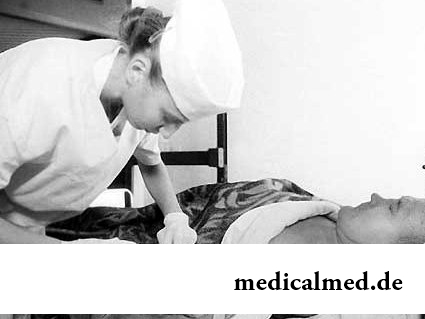
The first that you have to make, having suspected a stroke, so it to call "Ambulance". Relatives of many patients waste time, uselessly rushing about on the apartment while the precious minutes allowing to keep to the person life leave. Do not repeat widespread mistakes. At the diagnosis a stroke, treatment of the patient it has to be carried out only by professionals in specially equipped clinics, and the first hours of development of a disease when there is a chance in time to stop dying off of tissues of brain are extremely important.
Self-treatment at a stroke senselessly and, moreover, is extremely dangerous, but, nevertheless, before arrival of "ambulance" you can take a number of actions for improvement of a condition of the patient:
- lay the victim on high pillows so that the head was raised over bed level approximately on 30 cm;
- provide inflow of fresh air to the room;
- release the patient's neck, undo a hard collar of a shirt and get rid of the constraining clothes;
- if at the person the stroke which symptoms are expressed in the increased arterial pressure is observed, give to the patient drug, the reducing ABP;
- at vomiting turn the patient's head on one side that emetic masses did not get into airways. Carefully clear an oral cavity after each attack of vomiting.
It, perhaps, everything that you can make in house conditions. All other actions are under authority of doctors who have to appoint to the patient necessary diagnostic procedures and resolve an issue of expediency of surgical intervention. The last is often applied after the stroke caused by a stenosis (narrowing) of a carotid artery. If it leads to restriction of intake of blood in a brain, then the surgeon carries out a section on a neck, deletes a dangerous plaque and sews up a carotid artery. Similar operations are fulfilled long ago, but from it they do not become less dangerous as after their carrying out serious complications are possible. Besides, an operative measure is contraindicated to many patients because of the accompanying cardiac pathologies and some other diseases.
Rehabilitation after a stroke
The beneficial influence of the sanatorium treatment considerably reducing risk of repeated strokes was noticed in the 19th century. At the heart of rehabilitation actions for the people who had a stroke lie: sea bathings, mud cure, mineral waters and suitable (it is the best of all – mountain) climate. At the same time treatment is appointed only 4-6 months later after the person had a hemorrhagic or ischemic stroke as doctors need to estimate effects of an attack and to appoint procedures depending on a condition of the patient.
If at the patient serious complications after a stroke are observed, rehabilitation is contraindicated to it. Are among such complications: the expressed motive and speech disturbances, mental changes, dysfunction of pelvic bodies, inability of the person to independently service itself, epilepsy, heavy arrhythmias, an aortic aneurysm and the expressed circulatory unefficiency.
At the choice of the resort you have to be guided by recommendations of the doctor, in view of a condition of the patient, disorder of vegetative regulation, meteodependence and other important factors.
Before a trip it is desirable to undergo comprehensive examination of an organism that possible troubles with health did not spoil to you and your relatives medical rest on a nature bosom.
Human bones are stronger than concrete four times.
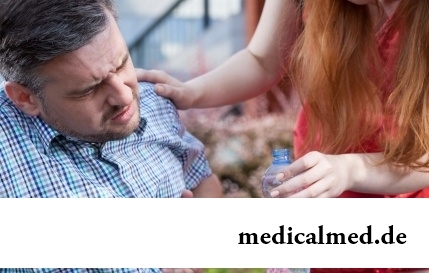
Each of us faces from time to time that other people need the immediate help. We react to it on-raznomu:...
Section: Articles about health
Use of medicinal plants in therapy is urgent today, more than ever. The drugs made of curative herbs cannot replace completely modern synthetic drugs, but their use becomes frequent serious help in simplification a leak...
Section: Articles about health
The state of health of the person depends on many factors. One of the most important is the constant, but not exhausting a physical activity. In the presence of various illnesses specialists often advise patients to do swimming which by right takes the leading place by efficiency of improvement, having at the same time a few contraindications. Today we will talk about the main directions of therapeutic impact of swimming on a human body....
Section: Articles about health
The advantage of swimming for the person is so high that this sport is not only the most popular, but also is widely applied in copper...
Section: Slideshow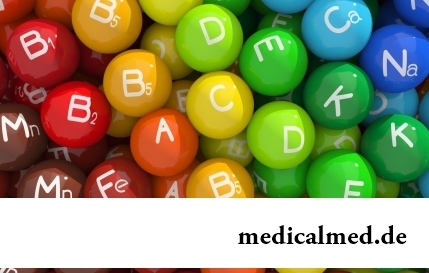
Vitamin complexes belong to the most popular drugs, probably, in our country there is no person who was not hearing about advantage of vitamins and never their accepting. The more vitamins, the better, we consider and as it appeared, cruelly we are mistaken. So l...
Section: Articles about health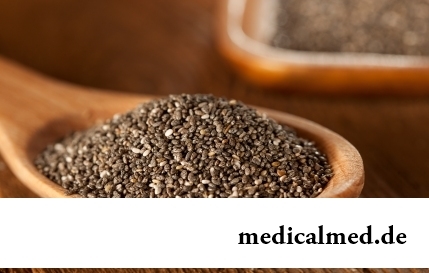
The chia plant, or the Spanish sage, is from South America. The indigenous people of the continent since ancient times used its seeds in food: small, but very nutritious kernels, in a form the reminding fasolina. Indians knew about useful properties of seeds of a chia, and applied them to maintenance of vitality and increase in endurance before serious exercise stresses....
Section: Articles about health
The next flu epidemic leads to the next panic, from year to year we give in on these manipulations: professionally alarming goal...
Section: Articles about health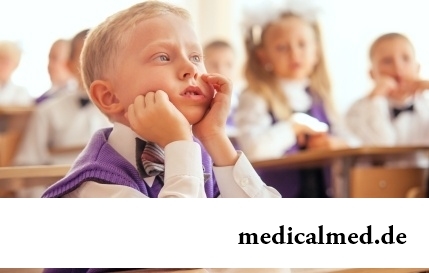
Since the moment when the child becomes a school student, his sight begins to be exposed to the strengthened loadings which are supplemented with viewing of animated films and long computer games. During this period of life of the child development not completely created bodies to a zra...
Section: Articles about health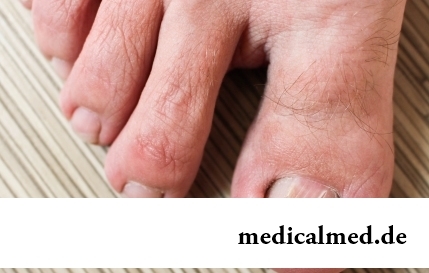
The word "onikhokriptoz" is unfamiliar to most of people, meanwhile quite so physicians call very widespread problem: the growing of edge of a nail into surrounding fabrics causing inflammatory process. Usually the illness affects thumbs of legs, and is followed by reddening, hypostasis, and in the started cases – release of pus. Patients complain of the pain amplifying when walking, problems with the choice of footwear....
Section: Articles about health
Maternal milk is the best food for the newborn. It is the unique natural product containing optimum set...
Section: Articles about health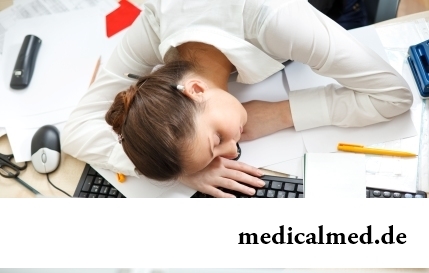
An eye of the person daily experiences considerable strain. The problem of preservation of sight is for many years directly connected with a question of supply of tissues of eye enough oxygen and nutrients. This task is carried out by small vessels – capillaries. For holes...
Section: Articles about health
80% of women at least once to lives complained of discomfortable feelings to breasts, consolidations and nagrubaniye. These are mastopathy symptoms. The mastopathy is characterized by change of a ratio between ferruterous and connective tissue tissues of mammary glands. It can lead to formation of cysts (a cystous mastopathy), gland consolidation (a fibrous mastopathy), or a combination of these processes (a fibrous and cystous mastopathy)....
Section: Articles about health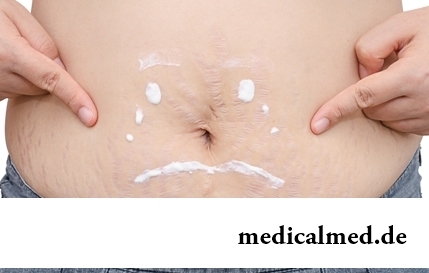
Striya (extension) are the defects of skin having an appearance of direct or wavy strips from 1 to 10 cm long and 1-5 mm wide. In the majority with...
Section: Articles about health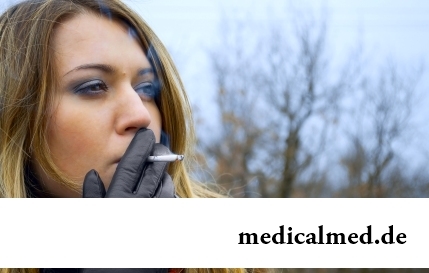
Dark circles (bruises) under eyes – a shortcoming with most of which often fight against the help of cosmetics (proofreaders, saloon procedures and so forth), eliminating only its visibility. However, according to doctors, skin around eyes – the indicator of many disturbances in an organism...
Section: Articles about health
Small appetite at the child – the complaint which pediatricians should hear practically from each mother. Most often it is carried to the category of children's whims, however the refusal of food in certain cases can be to alarming symptoms therefore it cannot be ignored....
Section: Articles about health
Physical activity is necessary for normal functioning of a human body. At a lack of the movement cease функц...
Section: Articles about health
The nature does not stand stagnation and monotony. It is known that tissues of a human body atrophy if do not receive necessary loadings. It fully belongs also to a cerebral cortex: when it is not given full-time job, it begins to function worse. In резуль...
Section: Articles about health
Venereal diseases in medicine are called the infections which are transmitted preferential sexually, now they and are called - infections, sexually transmitted, or STD. Among them is also life-threatening. In spite of the fact that the majority of diseases such will respond to treatment, they are widespread everywhere, and there is no tendency to decrease in incidence. Besides, some of them promptly look younger: statistically, a third of young people at the age of 16-22 years of a str...
Section: Articles about health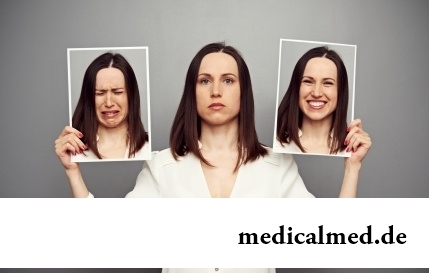
What they, women? Beautiful, gentle, passionate and at the same time windy, gusty, and nervous. And what is stranger: all эт...
Section: Articles about health
Reactive pancreatitis - the disease which is characterized by inflammatory process in a pancreas which arises most often because of excess activity of digestive enzymes. It − the emergency state which treatment has to take place in хирургич...
Section: Articles about health
Contrary to popular belief, the multiple sclerosis (MS) is not connected neither with sclerous changes of walls of vessels, nor with age forgetfulness and problems with concentration of attention. This disease has the autoimmune nature. Pathological process is expressed in degradation of nervous tissue and destruction of its enveloping layer - a myelin. Multiple damages of the central nervous system which are shown by decrease in sight, bystry fatigue, on become result of development of an illness...
Section: Articles about health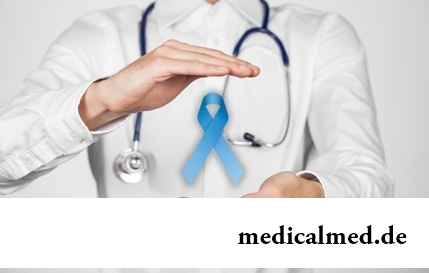
Aspirin (acetylsalicylic acid) – one of those drugs which are known literally to all. It is available in each home first-aid kit...
Section: Articles about health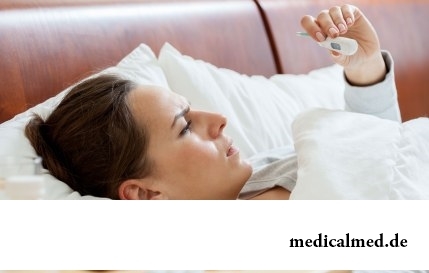
Subfebrile temperature call fervescence to 38 degrees, and subfebrile condition - existence of such temperature over 3 days, and quite often it happens without the visible reasons. Existence of subfebrile condition - a strong indication of disturbances in an organism which can...
Section: Articles about health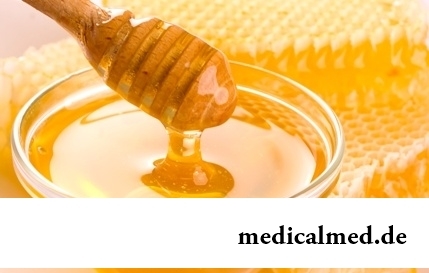
About 20% of the population of our planet have a hypertension (permanent increase in arterial pressure). This disease has an adverse effect on the standard of living, reduces working capacity, and in the absence of systematic treatment threatens with such complications as a myocardial infarction, a stroke and other heavy illnesses which can result in disability or sudden death. Most of patients for maintenance of pressure at more or less acceptable level accept appointed doctors лекарст...
Section: Articles about health
The fatigue, sleep debt, disturbances of food, bad mood, vagaries of the weather – all these circumstances badly are reflected in our vn...
Section: Articles about health
Each of us repeatedly noticed that the people having the same passport age are sometimes not similar on one-years at all. One at the age of 40-45 years already looks almost an old man, and another and in 60 is young, vigorous and full of life. The matter is that state нашег...
Section: Articles about health
From the failure of work of immune system which is shown in the form of an allergy, statistically, more than 40% of the population of the globe suffer. In most cases pathological reactions cause the substances which are contained in food stuffs, hair of animals, medicines, goods of household chemicals, cosmetics, pollen of plants, etc. On the one hand, the disease such is capable to spoil quite thoroughly to the person life....
Section: Articles about health
